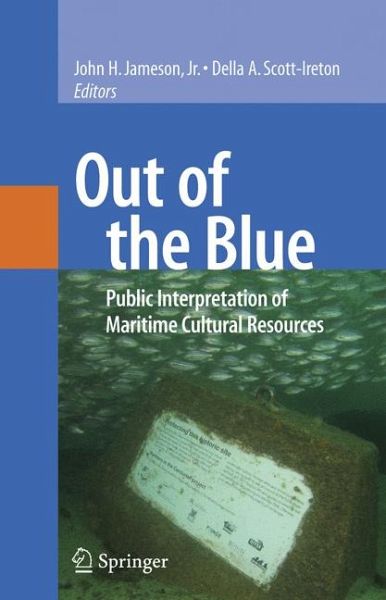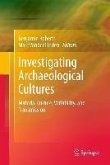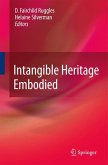The spectacle of archaeology stirs the public interest like few other topics. Sowing the "detective story", finding the missing pieces of the puzzle, understanding an instilled sense of identity, making connections to the material culture, following the global discourse on heritage protection and conservation (i.e. the Elgin Marbles) - are all part of the nexus of cultural values that define the meaning of archaeology to individuals and to the public at large.
Along with the debates archaeological sites are also often in view of the public - on land, as well as, underwater. Maritime cultural resources encompass sites that, because of their (often) proximity to urban or traveled areas (harbors, rivers, ports) are easily damaged but not easily visible. This leads to special challenges to site management regarding conservation, protection, and enforcement of legal mandates for public education outreach and interpretation.
The editors have brought together state of the art ideas, research and scholarship associated with maritime public education and interpretation. With few publications currently available that feature the public interpretation of maritime and submerged cultural resources, this edited volume will add to a limited body of knowledge in a field that is steadily growing.
Along with the debates archaeological sites are also often in view of the public - on land, as well as, underwater. Maritime cultural resources encompass sites that, because of their (often) proximity to urban or traveled areas (harbors, rivers, ports) are easily damaged but not easily visible. This leads to special challenges to site management regarding conservation, protection, and enforcement of legal mandates for public education outreach and interpretation.
The editors have brought together state of the art ideas, research and scholarship associated with maritime public education and interpretation. With few publications currently available that feature the public interpretation of maritime and submerged cultural resources, this edited volume will add to a limited body of knowledge in a field that is steadily growing.
Dieser Download kann aus rechtlichen Gründen nur mit Rechnungsadresse in A, B, BG, CY, CZ, D, DK, EW, E, FIN, F, GR, HR, H, IRL, I, LT, L, LR, M, NL, PL, P, R, S, SLO, SK ausgeliefert werden.
From the reviews:
"This volume is ... testimony to a much larger set of challenges that have come to define heritage conservation and museum practice today. ... the book appears to be largely aimed at politicians and policy makers, and perhaps also the larger archaeological community, those who are not entirely aware of the maritime aspect of their discipline. ... the larger issues behind the book do have significant ramifications for all those with an interest - intellectual, educational, political and financial - in heritage conservation of any kind, anywhere." (Garth Wilson, International Journal of Maritime History, Vol. XX (1), June, 2008)
"This volume is ... testimony to a much larger set of challenges that have come to define heritage conservation and museum practice today. ... the book appears to be largely aimed at politicians and policy makers, and perhaps also the larger archaeological community, those who are not entirely aware of the maritime aspect of their discipline. ... the larger issues behind the book do have significant ramifications for all those with an interest - intellectual, educational, political and financial - in heritage conservation of any kind, anywhere." (Garth Wilson, International Journal of Maritime History, Vol. XX (1), June, 2008)









